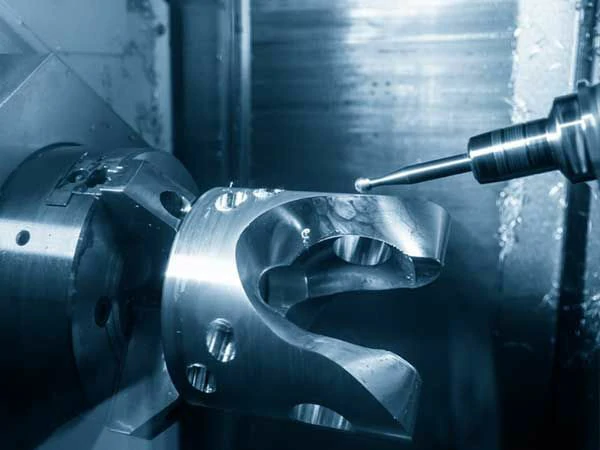Five-axis CNC technology has revolutionized the aerospace manufacturing industry, allowing for greater precision and efficiency in the production of complex components. This advanced machining technique has found numerous application cases in aerospace manufacturing, enhancing productivity and enabling the creation of intricate parts that were previously unattainable.
Improved Machining Accuracy
One of the key advantages of utilizing five-axis CNC technology in aerospace manufacturing is the significantly improved machining accuracy. Traditional machining methods often require multiple setups, which can introduce errors and reduce final precision. With five-axis CNC machines, complex parts can be machined in a single setup, minimizing errors caused by repositioning. This enhanced accuracy is particularly crucial for aerospace components that require tight tolerances to ensure optimal performance and safety.
Streamlined Production Process
The integration of five-axis CNC technology streamlines the production process in aerospace manufacturing. By eliminating the need for manual adjustments and multiple setups, manufacturers can reduce production time and increase efficiency. The ability to machine different features and angles in a single operation not only accelerates the manufacturing process but also reduces labor costs. Moreover, with the use of advanced CAD/CAM software, engineers can easily program and simulate the machining process, further optimizing production workflows.
Complex Geometry Machining
Aerospace components often have complex geometries and intricate shapes, making them challenging to manufacture using traditional methods. Five-axis CNC technology offers the capability to efficiently machine complex profiles, contours, and undercuts. This flexibility allows aerospace manufacturers to produce intricately designed components with ease. For example, turbine blades, which require intricate airfoil cross-sections, can be manufactured accurately and efficiently using five-axis CNC machines. The ability to handle complex geometry expands the design freedom and possibilities in aerospace manufacturing.
Reduced Material Waste
Five-axis CNC technology in aerospace manufacturing also contributes to the reduction of material waste. The advanced machining technique enables the production of parts with minimal excess material, optimizing the use of raw materials. By precisely removing material only where necessary, manufacturers can maximize the yield from expensive aerospace-grade materials, reducing both cost and waste. Additionally, the use of simulation software allows engineers to identify potential collisions or interferences before production begins, minimizing the risk of costly material scrap.
In conclusion, five-axis CNC technology has brought significant improvements to the aerospace manufacturing industry. With its enhanced accuracy, streamlined production process, ability to handle complex geometries, and reduced material waste, this advanced machining technique offers numerous benefits. As aerospace manufacturers continue to embrace the advantages of five-axis CNC technology, the industry is poised to experience further advancements and innovations in the production of aircraft components.
.webp)


